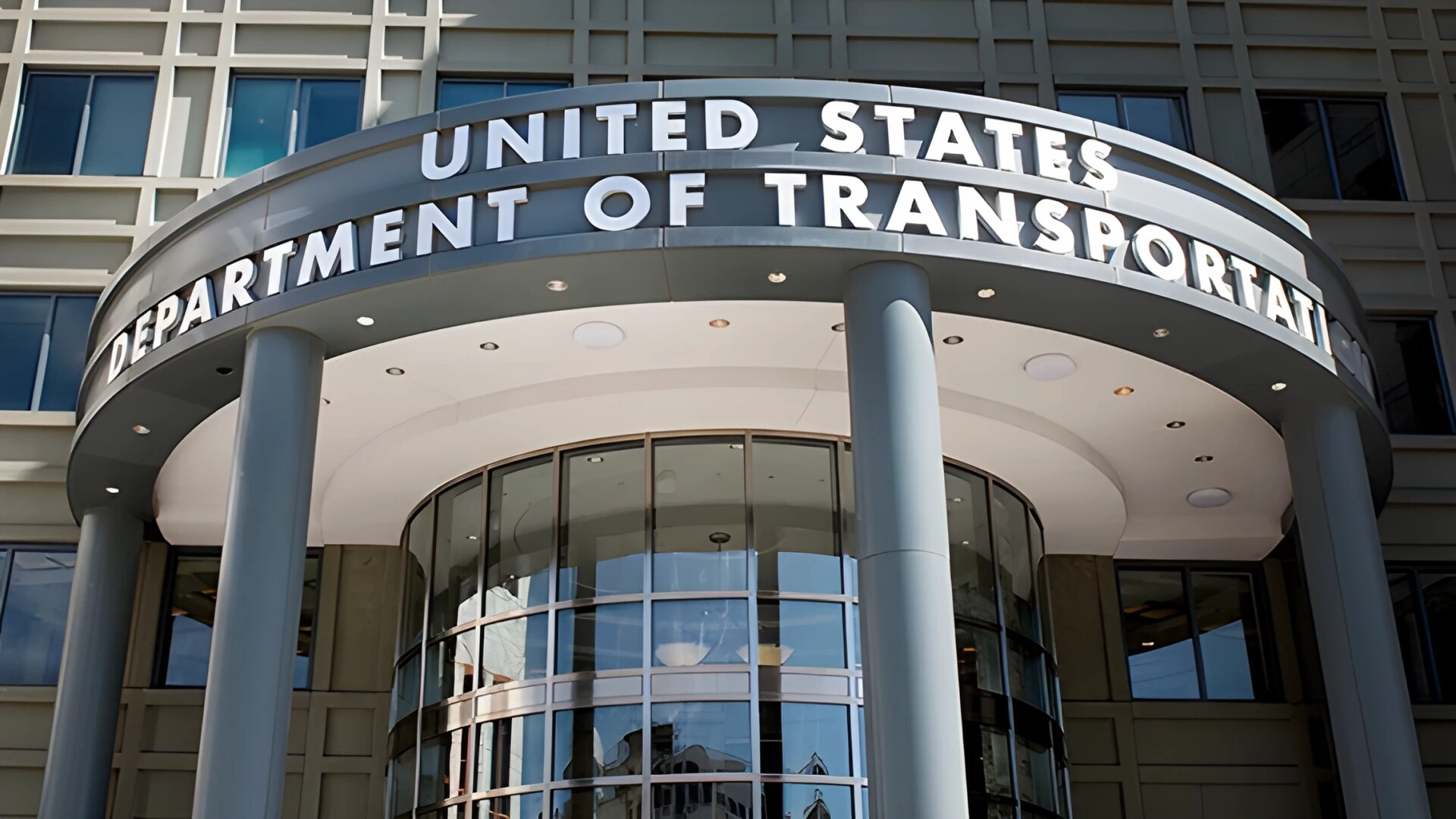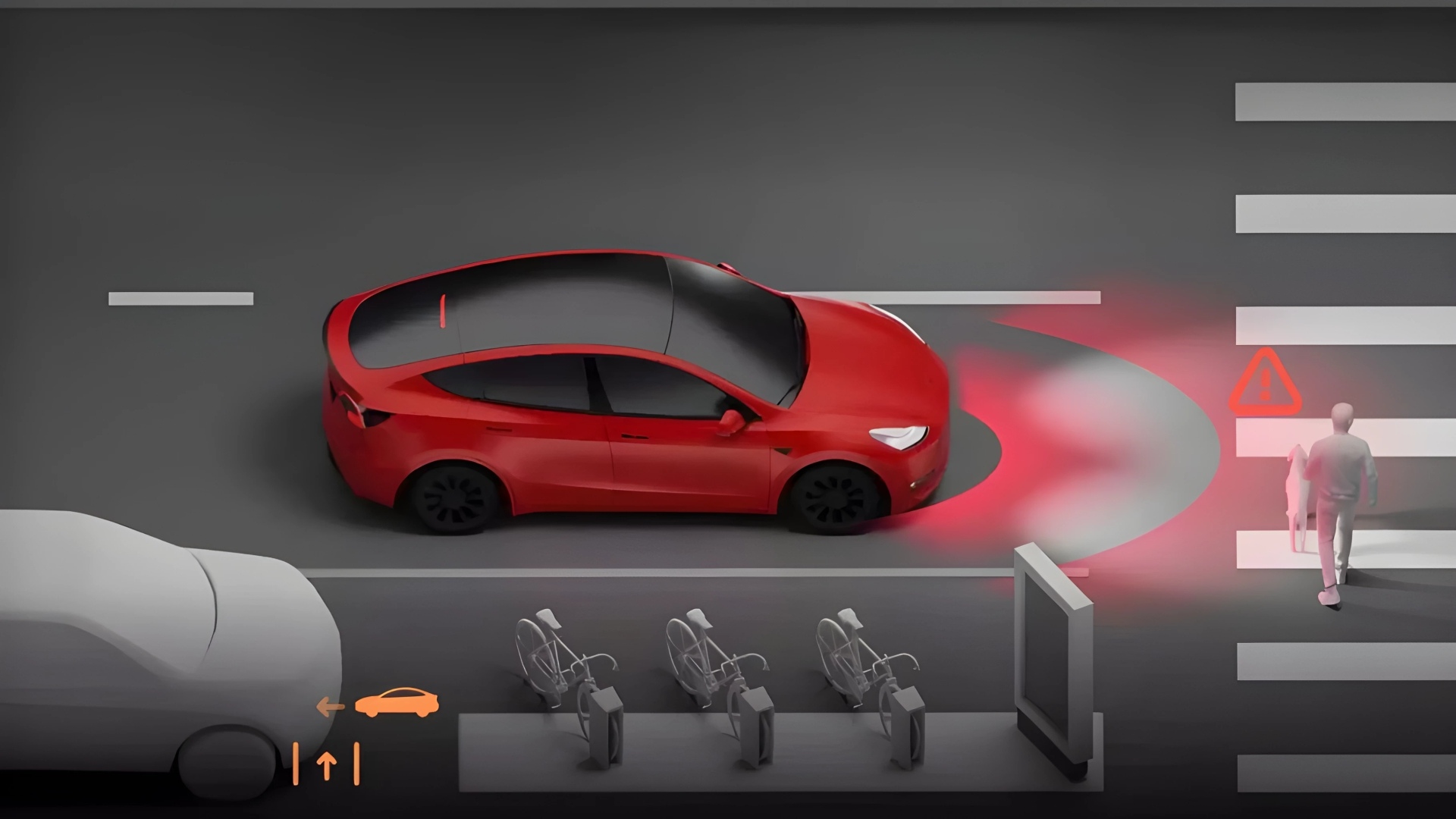The National Highway Traffic Safety Administration (NHTSA) is making a bold move to enhance road safety by mandating automated emergency braking systems in all passenger cars and light trucks by 2029. This announcement comes after the finalization of a new Federal Motor Vehicle Safety Standard, marking a significant step toward reducing rear-end collisions and pedestrian injuries.
According to NHTSA, the new safety standard will include pedestrian-identifying emergency braking systems and is projected to save at least 360 lives and prevent 24,000 injuries annually once implemented. U.S. Transportation Secretary Pete Buttigieg emphasized the life-saving potential of these standards, stating that they will make a substantial impact on roadway safety.

Starting in 2029, all vehicles must be equipped with automated emergency braking systems capable of avoiding collisions with vehicles in front of them at speeds up to 62 mph. Additionally, these systems must detect pedestrians in various lighting conditions and automatically apply brakes when a collision is imminent, up to speeds of 90 mph for vehicles and 45 mph for pedestrians.
NHTSA deputy administrator Sophie Shulman highlighted the effectiveness of automated emergency braking technology, noting its ability to save lives and reduce injuries from frontal crashes. However, she emphasized the need for these systems to be even more effective at higher speeds and in detecting pedestrians.

While this move towards enhanced roadway safety is commendable, the implementation process will take time. Additionally, recent testing has shown variations in the performance of automated emergency braking systems, with only a few models demonstrating proper detection capabilities for motorcycles.
Looking ahead, NHTSA and the Federal Motor Carrier Safety Administration are also considering mandates for heavy vehicles, such as tractor-trailers, to be equipped with automatic emergency braking systems.

